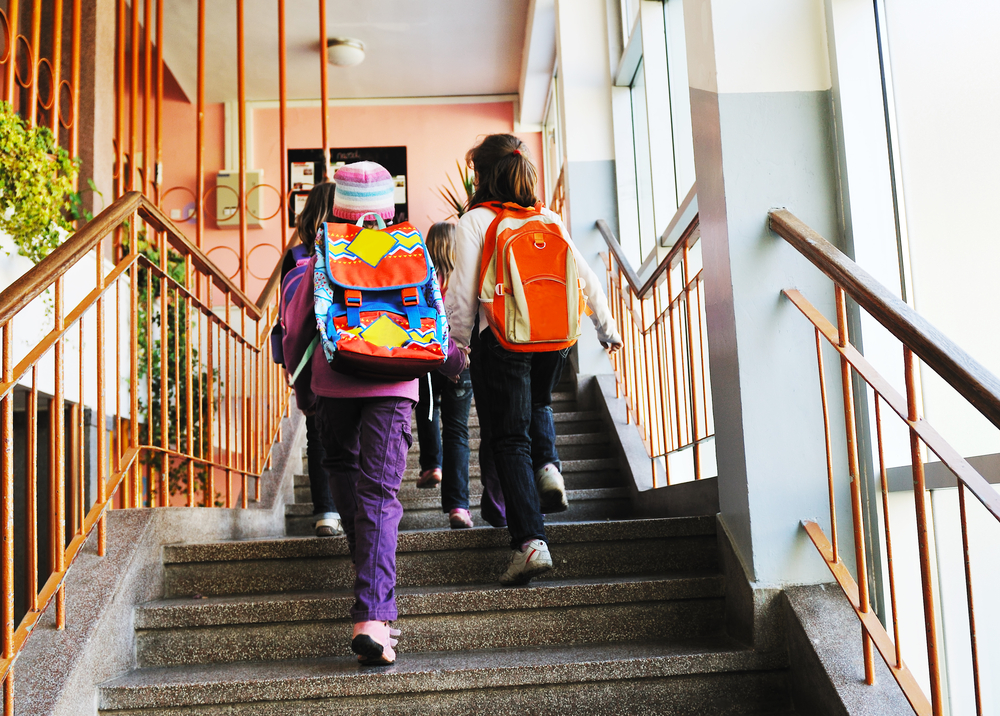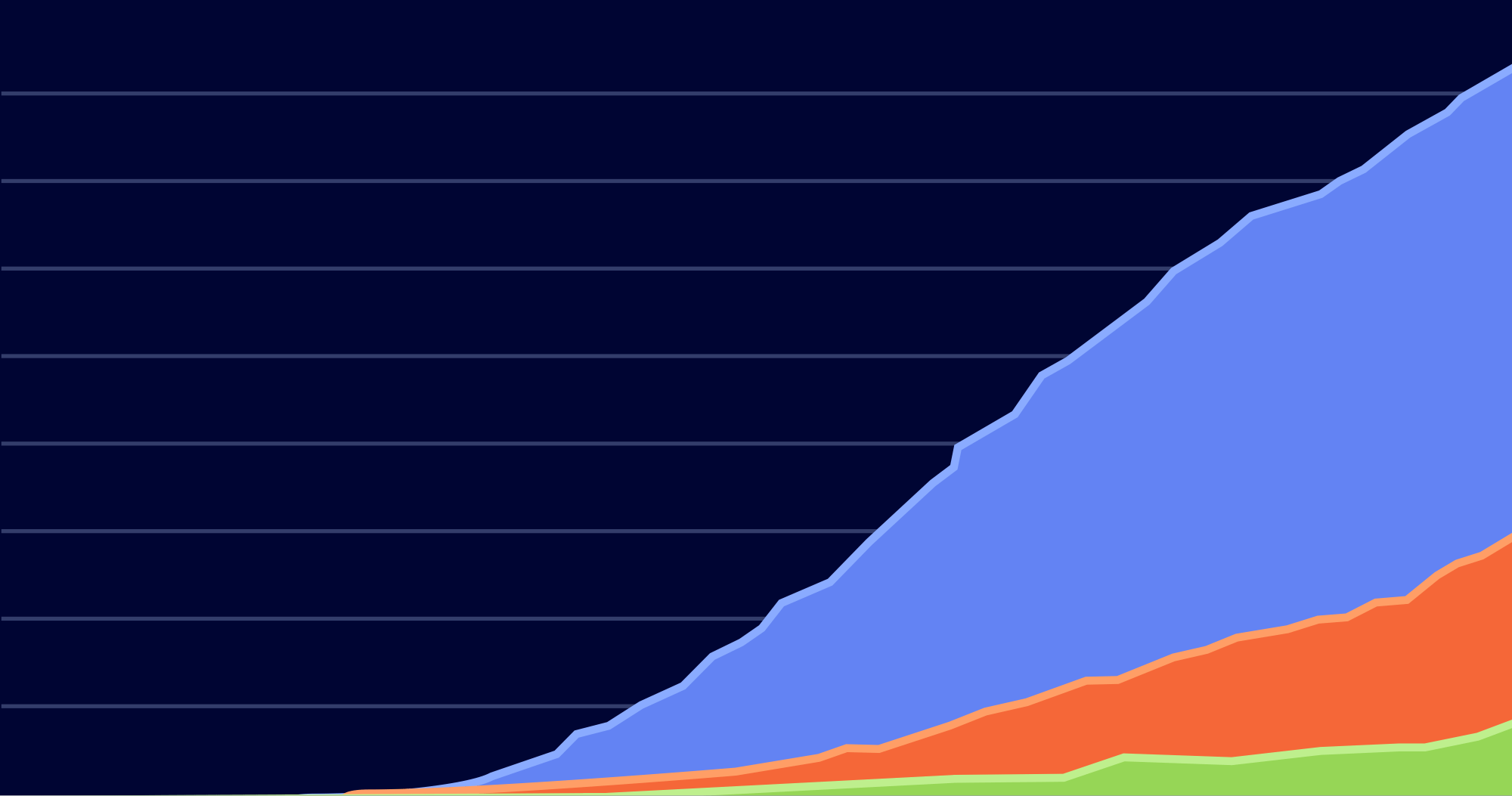COVID-19 School Reopening Strategies: How Agent-Based Modeling is helping School Districts

As COVID-19 cases continue to grow in many parts of the country, school districts are grappling to put together reopening plans. Education leaders are tasked with establishing strategies that will minimize the impact of school attendance on public health while creating opportunities for students to make academic progress.
School officials are seeking answers to questions such as:
- When and how is it safe to open schools for students, teachers, and staff?
- What are the impacts on parents, extended families, the local economy, and the
larger community? - How can we effectively compare and contrast different reopening policies?
- Which policy is best for our particular school district?
- How should policies differ across elementary, middle, and high schools?
- What is the best way to update policies as new data become available?
As Darcie Mosely, District Superintendent of Millcreek School said “We are certainly living in a very challenging time as we plan for a return of 8000 people to our District (1000 employees and 7000 students) in 7 short weeks. Any data we can utilize is not only critical to support our success, but highly welcomed as we strive to balance the health and safety, with face to face interactions.” While there are many unknowns in this pandemic, data can serve as a helpful guide in determining the reopening strategy that makes the most sense for a school district and its community.
Agent-based modeling (ABM) can be useful for simulating the potential spread of COVID-19 based on various epidemiological risk factors specific to a local district and its community, such as the community’s population, demographics and social dynamics. This allows for modeling of various policy scenarios with extreme granularity, neighborhood by neighborhood, school district by school district. Even within the district itself, ABM can account for differences in grade level interactions throughout the school day and in the classroom, using data on student-student interactions and contact patterns.
Through ABM, this data can be applied to each of the options that a district may be considering in terms of reopening, exploring potential consequences of each scenario, such as local COVID-19 cases, hospitalizations, and deaths.
The ABM Process for School Reopening
Step 1: Calibrate to local conditions.
First, we take a look at local outbreak patterns, taking into account closure rules, social distancing behavior, and other local events.
Step 2: Model and map school reopening strategies
Next, we look closely at each potential reopening strategy and what it could mean for the local community. Should your school go completely virtual? Get everyone back in the physical classroom together? A little bit of both? ABM can let you know what to expect with each scenario, such as how many teachers and students would become infected with the virus at 50% attendance.
ABM can let you know the probable outcomes of each opening strategy under different scenarios, such as how many teachers and students would become infected with virtual, back as normal, or a hybrid approach.
Step 3: You decide.
It’s no doubt that this is one of the most difficult, complicated and scary decisions that school leaders have to make—and perhaps will have to make in their entire career. It’s worth noting that modeling is not meant to be used as a crystal ball to predict the future with 100% accuracy. Instead, it is a tool to help you use data to make better decisions, based on the factors that are likely to influence the future.


